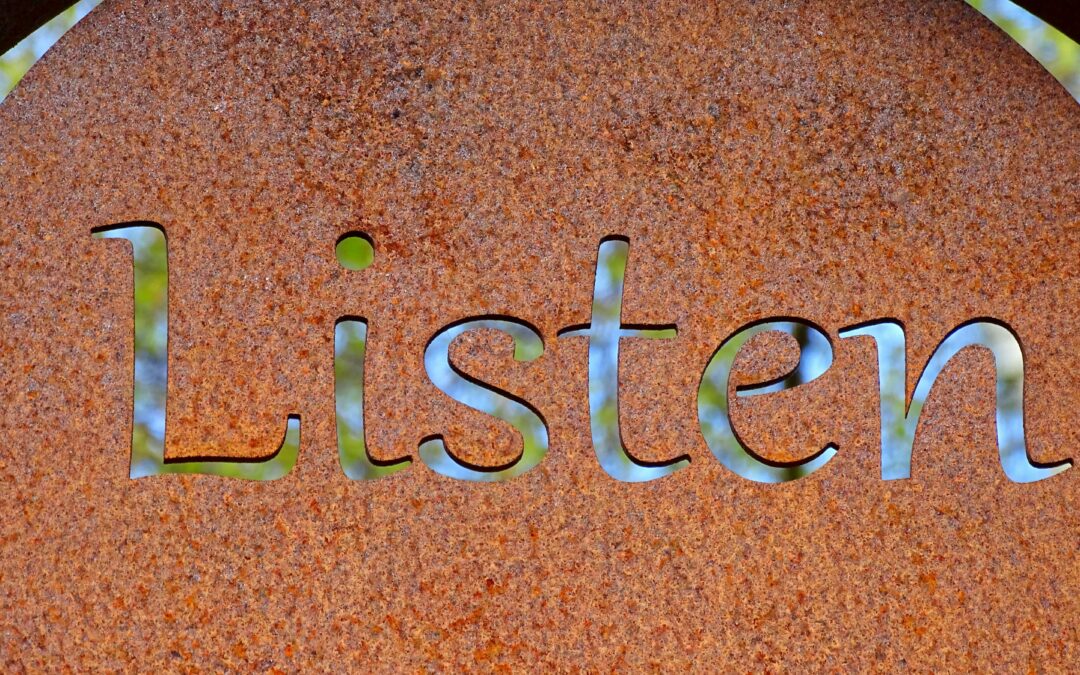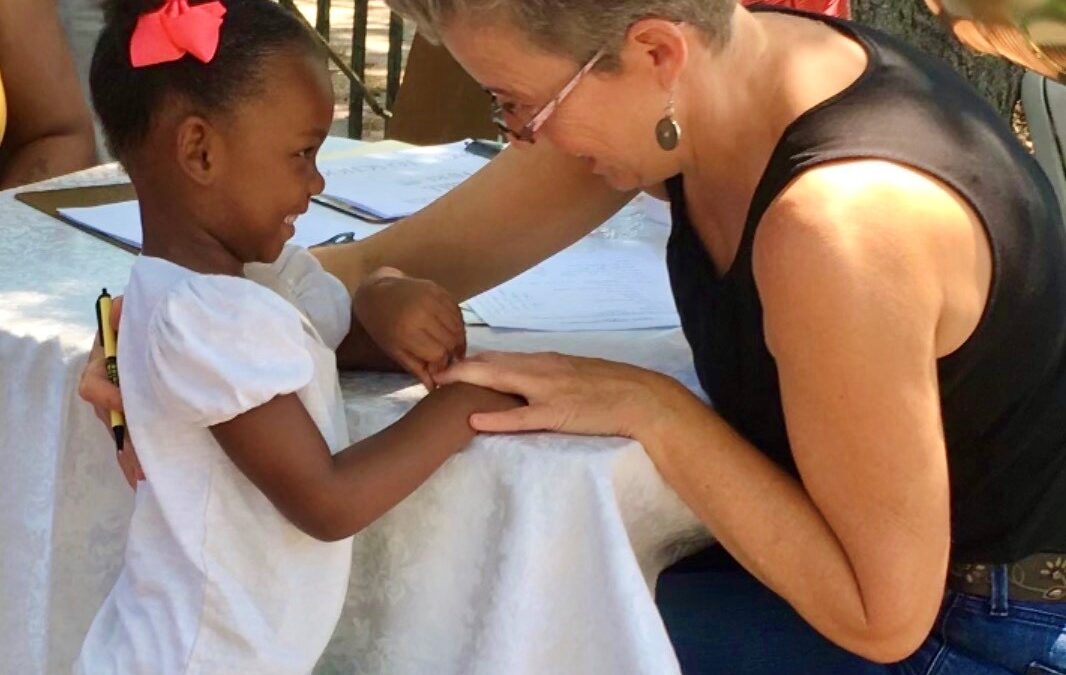“They weren’t listening to me,” said Calvin. Engineering lead Calvin was tasked with resolving a recurring problem at a remote site. He said, “The technicians kept asking me the same questions over and over again. I wouldn’t have needed to spend a whole week on site if they’d just heard me.”
I said, “That’s frustrating.”
Calvin said, “It was! I don’t think there’s anything I could have done differently.”
I said, “Maybe not. But are you bringing this up because you want to be helped or because you want to be heard by me now?”
Calvin said, “Helped… but I can’t change them.”
I said, “You’re right; you can’t change them. But you can change your approach.
Calvin said, “What can I do?”
I said, “You could do what I just did — ask them if they want to be helped or heard. It’s a way to get buy-in. When they answer the question saying they’re interested in being helped, they’re committing to engaging with you.
Calvin said, “Interesting. But how do I know if they’re hearing me?”
Three steps
I said, “To determine if they heard you, you can check for understanding in three steps:
- Ask them if they want to be helped or heard. If they want to be only heard, use active listening yourself.
- Give them the answer or solution in 2-3 sentences. If they need more information, definitely stop and provide it. You can also put it in writing.
- Check for understanding. Say, “I don’t know if I was clear, what did you hear?” or “Sometimes I can be clear as mud – what did you take away from that?”
I said, “These steps encourage them to summarize what you just said. To see if you were clear, it’s important to hear them all the way out. It may be obvious but if you want to be heard, it helps to listen.
Calvin said, “Those steps are helpful. But I’m concerned it could make me sound bossy or authoritarian.”
I said, “It could. But it’s much more likely to have the opposite effect. Checking their understanding communicates that you care about how it lands with them. Demonstrating you care for a person within their context is cultural intelligence in action.
“One of the things I appreciate about using cultural intelligence is that it builds trust fast. Building trust is particularly helpful when you don’t know a person very well and your work depends on you and the other person developing a shared understanding.
A multicultural context
“To give you some context,” I told him, “in the U.S., we have a low-context culture. A low-context culture is one in which there is little shared history or relationship, so communication needs to be direct, explicit and relies primarily on spoken words to convey meaning and build trust. It’s on the speaker to be clear. Whereas in a high-context culture, like in France, Japan and Kenya, good communication is nuanced. Messages are both spoken and implied. Listeners have to read between the lines. As a result, it’s on the listener to understand.
“When you’re a visitor, a contractor or are working with a multicultural team, you need low-context processes like what we’ve been talking about. As a visitor at the site, you had little shared history or relationship, correct? [Calvin nodded.] By recognizing that reality, it’s important to check for understanding to ensure you were clear, to build trust and to get the work done efficiently.”
Calvin said: “That makes a lot of sense.”
I said, “So this is me checking. How does this information land with you?”
Calvin said, “I see what you mean. I’m not assuming I got my point across; I’m actually checking to see if I did. As I check for understanding along the way, I’ll know if I’ve been clear. It’ll also foster a better working relationship. This mindset really changes the dynamic between the other person and me.”
I said, “It definitely changes the dynamic. It empowers you to ensure that both you and they feel valued and heard.”
Conclusion
Calvin is recognizing the shift in the power dynamic. He’d originally thought he was stuck with unproductive behavior and couldn’t effect any change. He didn’t only feel powerless, he was in effect powerless. However, he now knows that when he checks – encouraging the other person to summarize – he’s empowered to get to a shared understanding.
Coming to a shared understanding, one conversation at a time, is what creates a more and more collaborative culture within a team and any work environment. That’s the kind of culture that is not only more productive and efficient, it’s also a work environment where people want to stick around.
This translates into significant savings for organizations, as the cost of replacing a lost employee can range anywhere from 30% to 400% of their annual salary. Considering that turnover leads to loss of valuable experience and increased costs in training, attracting and keeping talent remains one of the top three priorities for CEOs in 2025.
What people issues do you deal with? Dr. Amy works with organizations and their leaders who want to be confident communicators so that they can attract, retain and engage diverse talent. To get more information, click for a free discovery call.
Photo: Our Bassett Hound “Bruce”










